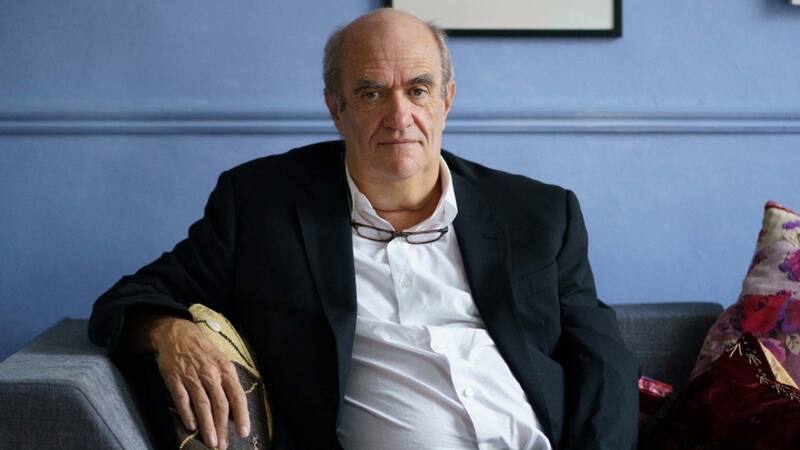You are viewing your 1 free article this month. Login to read more articles.
Here be giants
In a blog post responding to the merger of STM/Education businesses Macmillan Science & Education and Springer Science + Business Media, the respected analyst David Worlock posed the question: “How big do you need to be to succeed?” It is an inquiry for which there seems to be only one answer: bigger.
The latest publishing mega-merger sees Macmillan and Springer combine to form a business turning over €1.5bn, with an enterprise value of €5bn. As expressed by the two parent companies—Holtzbrinck and private equity firm BC Partners (BCP)—the logic behind the merger is clear: to achieve a size that is closer to its rivals Reed Elsevier and Wolters Kluwer, and a scale that would enable it to invest, as Macmillan Science & Education c.e.o. Annette Thomas put it, in both “world-class content with world-class technology solutions”.
As Worlock notes, such mergers in the information field have become predictable, the rationale being that to “influence market behaviour, pricing, access and discoverability” you need to be “in the First Division”. This is not a recent phenomenon either: back in 1997 Reed Elsevier and Wolters Kluwer tried to merge in a deal worth £20bn. At the time The Bookseller speculated that the logical conclusion for this kind of corporate bodybuilding was for Microsoft to buy the lot and create a perfect entity of content and tech.
The background noise here is important. Under c.e.o. Stefan von Holtzbrinck, both Holtzbrinck and Macmillan have been given space to innovate. It is not surprising that there is a desire to give these experiments greater reach.
Like Bertelsmann, Holtzbrinck has been a good home for its publishing assets, with the change in reporting structures at its consumer book businesses in 2012 presaging this firmer split between consumer and STM. The move also helps secure the future of Springer—founded in Germany in the mid-19th century—after a decade in the slippery hands of private equity investors. Though BCP retains 43% of the combined group, it now has a clear exit strategy via an initial public offering (IPO) or sale.
The caveat here is that, as with the Penguin Random House merger, the transaction does not resolve the problem that informs it. At €1.5bn, MacSpringer still falls short of this “First Division”, even if its considerable output suggests it could soon be “snapping at the heels” of Elsevier. In fact, some analysts have speculated that with Springer’s Derk Haank at the helm—Thomas will become chief scientific officer—its first ambition will be to become more profitable, rather than more innovative. This may be unfair, but not all mergers create big friendly giants.





















